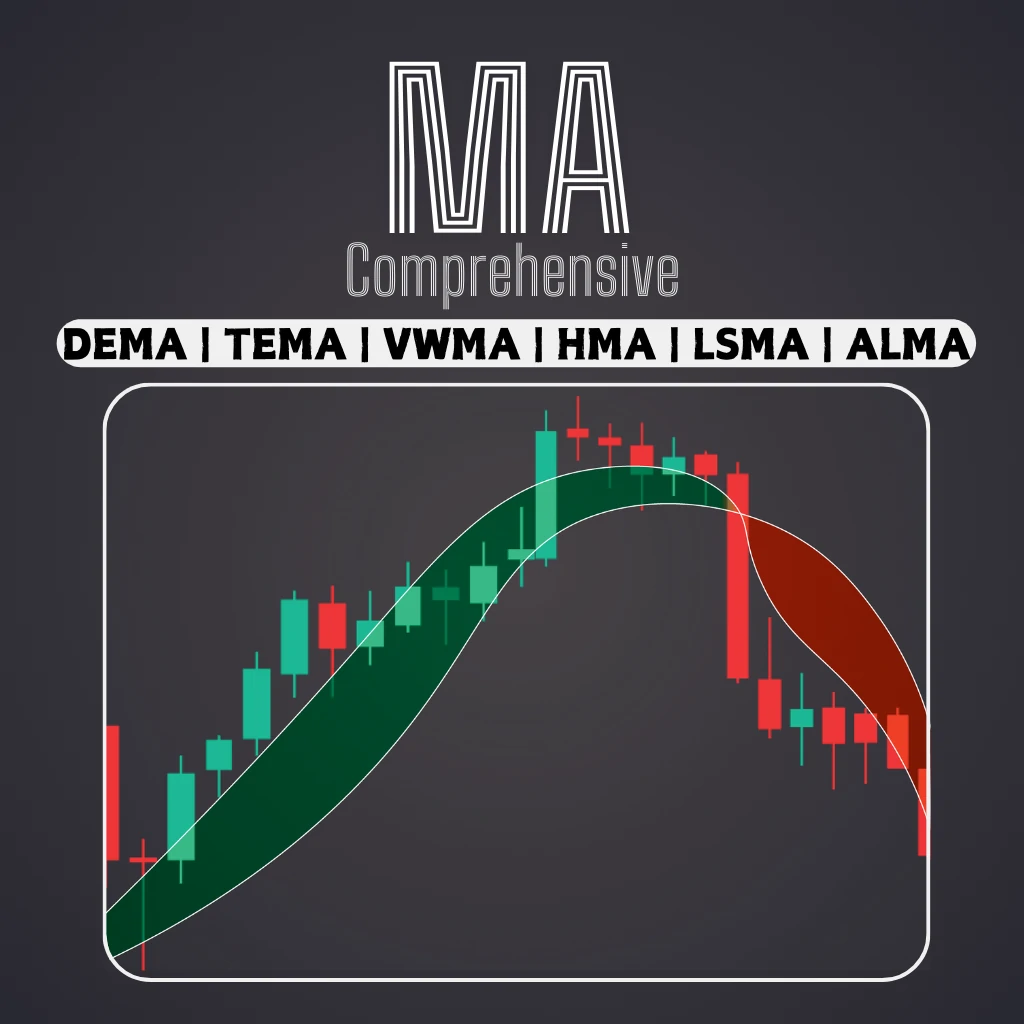Decoding Currency Crises – In the world of finance, few events can shake things up quite like a currency crisis. These economic earthquakes can topple governments, wipe out savings, and send shockwaves through global markets. But what exactly triggers such a crisis? And how do its effects ripple through societies and economies?
As we delve into this complex issue, we’ll explore the causes and consequences of currency crises. From the personal to the political, we’ll examine how these financial storms can impact every aspect of life. So, buckle up and get ready for a thrilling journey into the heart of currency crises and their far-reaching effects.
Decoding Currency Crises
The Definition of a Currency Crisis
A currency crisis represents a situation where serious doubt infiltrates the value of a country’s currency. Typically, such crises mean the value of the currency in question will take a continuous dip, with stakeholders unable to halt the decline. Essentially, it’s a type of financial crisis that often punctuates significant economic turmoil.
Such crises lead to a series of dismal economic consequences, such as rapid inflation, public panic, and other complex economic phenomena like hyperinflation. For instance, during Zimbabwe’s currency crisis in 2007-2009, the nation battled hyperinflation, reaching an almost incomprehensible rate of almost 90 sextillion percent monthly.
The Historical Context of Currency Crises
Currency crises are history’s frequent guests. The 20th and 21st centuries have witnessed a considerable number of currency crises across the globe, underscoring how these calamitous events redefine nations’ economic landscapes.
Starting with the Great Depression in the 1930s, a classic example, it showcased how a severe market crash could herald an extensive currency crisis. Another exemplary instance is the Asian financial crisis of 1997, where Thailand’s currency – the baht, plummeted, causing economic shockwaves throughout Asia.
Conclusively, there lies a wealth of history behind the grim phenomenon of currency crises. These events, steeped in economic adversity, provide critical insights into the mechanisms of currency value and the delicate interplay of global financial structures.
The Causes of Currency Crises
Behind every currency crisis lurks a set of causes that trigger it. Notably, these causes often lie within economic indicators and social-political factors. Let’s delve into the intricacies of each category to build a deeper understanding.
Economic Factors and Indicators
Beyond a doubt, economic factors are the primary elements playing a paramount role in gearing up a currency crisis. For instance, high levels of foreign debt, periods of high inflation, or low levels of foreign reserves act as catalysts to such crises.
The Mexican peso crisis of 1994 can be cited here as an example. The crisis originated due to Mexico’s large current account deficit and overvalued peso. It’s quintessential to appreciate that the global financial community carefully scrutinizes these economic indicators, making precise and swift reactions to avoid the devastating aftermath of a potential currency crisis.
Political and Social Triggers
Stepping further, we find political and social factors acting as sparks to ignite a currency crisis. The cracks start to appear when there’s a lack of confidence in the country’s political stability, transparency, governance, and fiscal discipline. An example that stands out is the Russian ruble crisis of 1998.
This crisis was fueled by political instability, fiscal mismanagement, and low foreign exchange reserves. Similarly, Social unrest, strikes, or significant policy changes can inject uncertainty into the financial markets, leading to disastrous currency crises. Thus, a country’s socio-political climate plays a pivotal role in its currency stability.
In essence, as we unravel the causes of a currency crisis, it’s crucial to remember that they don’t occur in isolation. A confluence of economic indicators and political-social factors often set the stage for a crash – each acting as a piece of the greater puzzle contributing to the looming crisis.
Major Currency Crises Through the Decades
Currency crises have left their mark on our global financial history. Substantial examples span several decades and continents. I’ll delve into the significant incidents individually.
The Latin American Debt Crisis of the 1980s
The Latin American Debt Crisis, often referred to as the “lost decade,” stands as a prime example of a major currency crisis. Latin American countries, primarily Argentina, Brazil, and Mexico, borrowed substantial amounts of capital from foreign banks in the 1970s to fund industrial and infrastructural growth. Yet, as the 1980s approached and global interest rates increased, these countries struggled to repay their debts.
Their currencies depreciated, causing a severe economic downturn marked by high unemployment and inflation rates. The crisis exemplifies the impact of high foreign debt, combined with global economic changes on the stability of a nation’s currency.
The Asian Financial Crisis of 1997
Often referred to as the “Asian Contagion,” the 1997 Asian financial crisis had its epicenter in Thailand. The Thai government, having pegged the baht to the US dollar, found it increasingly difficult to maintain this peg in light of its mounting international debts. In an attempt to avert an impending crisis, the government floated the baht, leading to an abrupt devaluation.
The crisis, however, quickly spread, impacting Indonesia, South Korea, and several other Southeast Asian economies that had similar economic and financial situations. It primarily demonstrates how currency liquidity issues can extend beyond national borders, causing a regional financial crisis.
The Argentinian Economic Collapse of 2001
In 2001, Argentina faced a severe economic crisis featuring an unparalleled default on its public debt. The government’s efforts to avert the crisis, which included declaring a state of emergency and implementing fiscal austerity measures, were largely unsuccessful.
The Argentine peso, which had previously been on par with the US dollar, plummeted. By 2002, Argentina was in a full-fledged economic depression, experiencing contraction in its GDP, soaring unemployment, and widespread social unrest. The crisis underscores the catastrophic consequences a currency crisis may inflict, where economic, social, and political factors converge.
Effects of Currency Crises
Analyzing the effects of currency crises on economic and social sectors brings clarity to the vulnerabilities of the financial system.
Impact on National Economies
Currency crises exert significant pressure on national economies, commonly triggering a chain of financial disruptions. In the case of Indonesia during the Asian Financial Crisis of 1997, for instance, the national currency, the Rupiah, dropped in value by over 80%. This plunged the nation into severe economical instability, with elevated inflation rates and increased unemployment. Major industries took a hit, causing business closures and redundancies, adversely affecting the country’s GDP.
The Ripple Effect on Global Markets
Moreover, these financial calamities are not confined to the origin nation. A currency crisis in one country can generate a ripple effect across global markets. Russia’s 1998 financial crisis provides a substantial example. Here, the default on national debt and subsequent devaluation of the ruble instigated an international panic. Fear of defaults spread, causing capital to retreat from various global markets. This sequence of events led to later known as the ‘Contagion Effect’, which threatened global economic stability.
Social and Political Repercussions
Lastly, currency crises prompt considerable social and political changes. Let’s revisit the 2001 Argentinian Economic Collapse. Besides causing economic devastation, the currency crisis led to increased poverty rates and profound political unrest, resulting in the resignation of four presidents within a year. Argentinian society was altered substantially; protests and strikes became a norm during this period, showing that the effects of such crisis extend far beyond the economic sphere, influencing the social and political landscape of a nation.
Responses to Currency Crises
Currency crises necessitate immediate responses to limit their negative impacts on the economy. These responses often fall into two broad categories: intervention by international organizations and implementation of various government measures. In this section, we’ll explore how these two responses function in crisis situations.
Intervention by International Organizations
International organizations like the International Monetary Fund (IMF) often step into the picture during currency crises. These organizations primarily help with not only decoding currency crises but they also provide financial assistance to help stabilize the collapsing currency and restore economic order. For example, during the Asian Financial Crisis of 1997, the IMF intervened with a $40 billion bailout package. This intervention was designed to assist nations like Thailand, South Korea, and Indonesia in curtailing the crisis’ impact.
However, IMF’s assistance comes with certain constraints that the recipient country must adhere to. These typically include implementing austerity measures, liberalizing the economy, and adopting financial sector reforms.
Government Policies and Measures
In dealing with a currency crisis, governments often adopt a series of policies and measures to help with decoding currency crises. These include tightening monetary policy, implementing fiscal austerity, adopting structural reforms, or seeking external help.
For instance, in the aftermath of the 2001 Argentinian Economic Collapse, the government adopted an alternative strategy of pegging the Argentine peso to the US dollar. Although this resulted in immediate stabilization, it was not without its challenges or criticisms. Over the long run, it led to reduced competitiveness of Argentinian goods on the global market, demonstrating the delicate balancing act that governments must perform when combating such crises.
The response to a currency crisis typically involves a combination of international assistance and government-led initiatives. By working together, international organizations and governments can help in decoding currency crises and to restore economic stability.
Preventative Strategies to Decoding Currency Crises
When dealing with currency crises, an ounce of prevention holds more value than a pound of cure. Proficiently-engineered strategies, comprising robust economic policies, and international cooperation and regulation, serve as a bulwark against such disasters.
The Role of Economic Policy
Economic policy is pivotal in decoding currency crises. A well-designed and diligently implemented policy helps maintain the economic equilibrium and thwarts the risk of a currency crisis. It does this primarily in three ways: timely regulation of the money supply, staunch oversight of fiscal policy, and fostering healthy trade balances.
- Regulating Money Supply:
Central banks, by adjusting interest rates and reserve requirements, exercise control over the nation’s money supply. A judicious adjustment in these parameters can prevent rampant inflation, thereby mitigating the potential for a currency devaluation crisis like Zimbabwe experienced in the late 2000s. - Fiscal Oversight:
Government spending patterns exert a significant influence on the overall economic health of a nation. In Brazil during the 1990s, escalating government debt led to hyperinflation and an eventual currency crisis. By having stringent fiscal principles in place, governments can inhibit the development of financial instability. - Promoting Healthy Trade Balances:
Excess reliance on foreign goods and services often results in a negative balance of trade, which, in turn, increases the likelihood of a currency crisis. South Korea’s emphasis on domestic industries and product exportation, for instance, bolstered its economic resilience during the Asian Financial crisis of 1997.
International Cooperation and Regulation
Alongside national economic policies, international cooperation and regulation paint another facet of the preventatives sphere of decoding currency crises. Transnational bodies, such as the International Monetary Fund (IMF), World Bank and World Trade Organization, play a vital role in maintaining economic stability.
- Monitoring Global Economic Health:
The IMF, in concert with the World Bank, carries out periodic reviews of each member country’s economic health. This collective vigilance often uncovers brewing economic distress, such as the one revealed to be looming in Greece prior to 2008. Early detection affords the opportunity for remedial action before a full-blown crisis erupts. - Providing Technical Assistance:
The IMF and other entities offer technical assistance to member nations. They help design economic policies, supervise economic sectors, and foster capacity building. With their expertise, countries like Jamaica have managed to prevent severe economic pitfalls. - Regulating International Trade:
The World Trade Organization arbitrates international trade disputes, ensuring a level playing field for all countries. By decoding currency crises and keeping an eye on potential trade imbalance issues, it assists in preventing monetary fluctuations which could result in a currency crisis.
Decoding Currency Crises – Conclusion
Currency crises have proven time and again that they’re not just economic events. They’re societal disruptors with far-reaching implications. History’s lessons from events like the Great Depression, the Asian Financial Crisis, and the Argentinian Economic Collapse, show us the devastating effects of high foreign debt and currency devaluation. Yet, we’ve also seen the resilience of economies through interventions by international organizations and government policies.
The key to Decoding Currency Crises and averting these crises lies in proactive measures. Economic policies that regulate money supply, ensure fiscal oversight, and promote healthy trade balances are crucial. Equally important is international cooperation through organizations like the IMF and the World Trade Organization. They not only monitor global economic health but also provide technical assistance to prevent crises. So, while currency crises are a daunting reality of our financial world, they’re not insurmountable. With the right policies and international cooperation, we can mitigate their effects and potentially prevent them.















